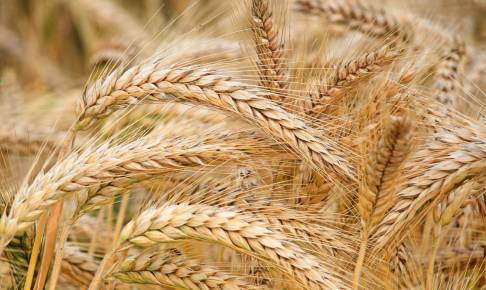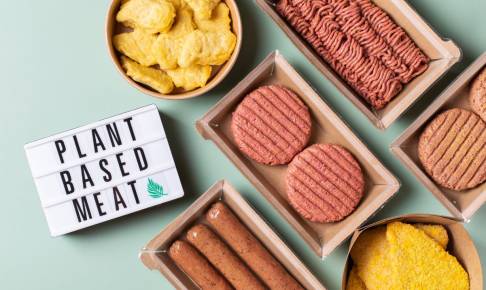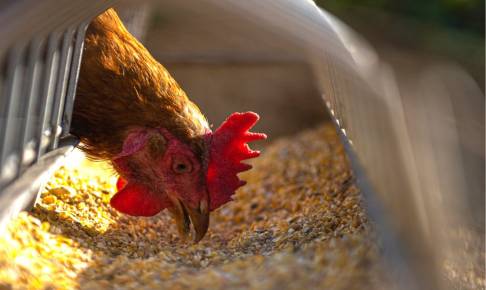Mycotoxin occurrence in cannabis plants and edible cannabis foods and beverage products
Cannabis products for medicinal and recreational use
Cannabis as an agricultural commodity occupies a unique niche. On one hand, it is a valued source of medicinal compounds while, on the other, it provides recreational plant material and food and beverage ingredients that are legally produced and consumed in some parts of the world yet illegal in other jurisdictions. Cannabis plants contain hundreds of bioactive compounds, of which delta-9-tetrahydrocannabinol (THC) and cannabidiol (CBD) are the most significant. THC is the main psychoactive compound found in cannabis, whilst CBD is claimed to have various medicinal properties without inducing psychoactive effects. Medicinal and food products containing CBD are widely available and legally accessible.
These products have seen significant growth in recent years. These products are classed as ‘supplements’ or ‘novel foods’ and are sold in forms such as oils, drops, tinctures, or capsules or they are incorporated into foods like confectionery, baked goods, and beverages. Canada formally legalised the cultivation, possession, acquisition, and consumption of cannabis and its by-products, including THC, for recreational use in 2018. In the US, the regulatory situation is more complex with medical use of cannabis now legal in 36 states and recreational use permitted in 18 states with commercial distribution allowed in all jurisdictions where cannabis has been legalised. It is notable that in the states where cannabis possession by individuals is legal up to a fixed quantity (around 30 g), it is also legal to grow from four to six plants per household. In contrast, in most other parts of the world (e.g. in Europe), cannabis cultivation, possession, and use is illegal. However, it is tolerated in some countries to various degrees and cannabis products can be openly purchased, while bans on commercial cultivation are more strictly enforced.
Cannabis cultivation and processing
Cannabis can be cultivated outdoors, indoors, or with a combination of both methods on farms that grow, harvest, and process cannabis for commercial distribution. Plants are harvested by hand, and leaf stems with their flowers/buds are cut from the main trunk. The larger leaves are removed and, together with the flowers/buds, are dried as slowly as possible in well-ventilated, dark conditions without exposure to sunlight or artificial heat. These conditions are used for drying the cannabis while retaining its “flavour”, but they are almost opposite the conditions necessary to minimise fungal contamination and potential mycotoxin formation when drying grain, nuts, and fruit, for example. For these products, sunlight and artificial heat are used to achieve rapid drying to below a target water activity. Newer commercial drying techniques being investigated for cannabis include vacuum and atmospheric freeze-drying and microwave-assisted hot-air drying (Addo et al. 2021).
When dried cannabis plant material is not being used directly, the next step is to carry out some form of extraction of bioactive compounds. In Canada, th
Download content now





















